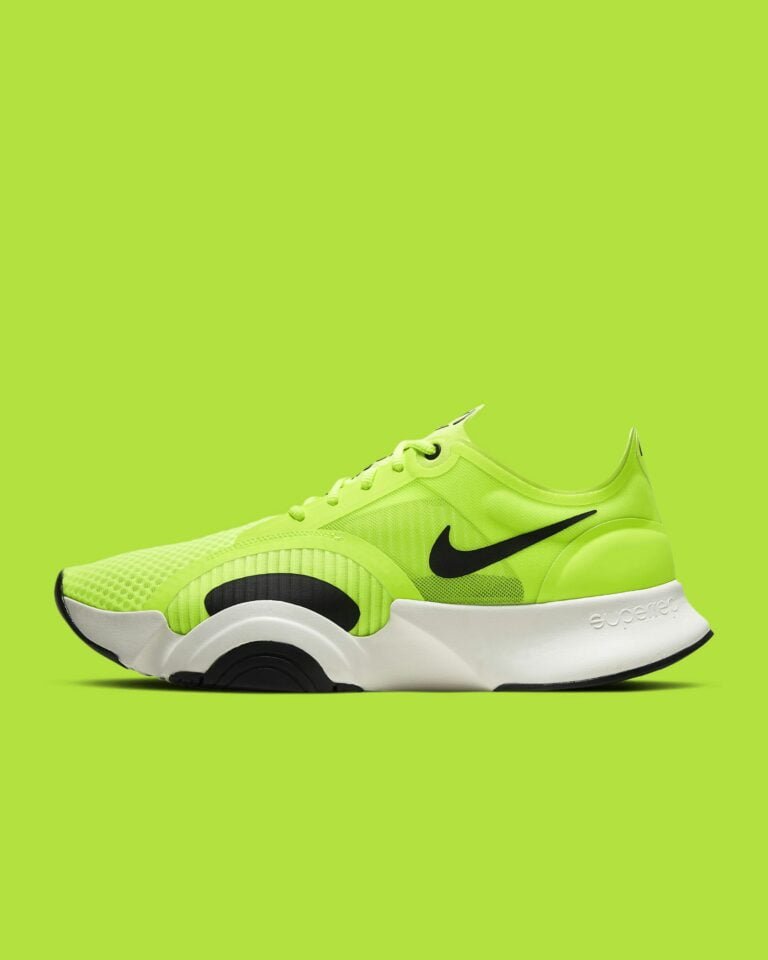Preventing Blisters When Wearing New Shoes
So, you’ve got a shiny new pair of shoes, and you can’t wait to wear them. But before you slip them on and hit the town, there’s one thing you need to be wary of: blisters. Blisters can turn any new shoe experience into a painful one, but fear not! With a few simple tips and tricks, you can prevent blisters and keep your feet happy.
1. Choose the Right Size and Fit
One of the most important factors in preventing blisters is choosing the right size and fit for your shoes. Ill-fitting shoes can rub against your skin, causing friction and eventually leading to blisters. Make sure your shoes are neither too tight nor too loose. They should provide enough room for your toes to wiggle, but not so much that your feet are sliding around inside.
2. Break Them In
New shoes can be stiff and unforgiving, so it’s crucial to break them in before wearing them for extended periods. Start by wearing them around the house for short periods, gradually increasing the time as your feet adjust. This will help the shoes mold to the shape of your feet and reduce the chances of blisters.
3. Wear Moisture-Wicking Socks
Socks might not be the first thing that comes to mind when you think about preventing blisters, but they can make a world of difference. Opt for moisture-wicking socks that help keep your feet dry. Moisture can increase friction, making blisters more likely. Avoid cotton socks, as they tend to retain moisture. Instead, choose socks made from synthetic materials like nylon or polyester.
4. Use Anti-Friction Products
If you know you’ll be wearing new shoes for an extended period or engaging in activities that could cause friction, consider using anti-friction products. These products come in various forms, such as balms, powders, or adhesive patches, and create a barrier between your skin and the shoe, reducing the chances of blisters.
5. Take Breaks and Rotate Shoes
Even with the best precautions, your feet can still get tired and develop blisters. To prevent this, make sure to take regular breaks when wearing new shoes for long periods. Give your feet a chance to breathe and recover. Additionally, rotating between different pairs of shoes can help alleviate pressure points and reduce the risk of blisters.
What to Do Once You Have Blisters
Despite your best efforts, blisters can sometimes still happen. But don’t worry; there are ways to treat them and get back on your feet in no time.
1. Leave Them Alone
When you notice a blister forming, it’s essential to resist the temptation to pop it. Popping a blister can increase the risk of infection and slow down the healing process. Instead, leave it intact and let your body do its thing.
2. Protect and Cushion
If the blister is in an area that’s prone to further rubbing, you can protect it by applying a blister pad or cushion. These pads provide a barrier between your shoe and the blister, reducing friction and allowing it to heal.
3. Keep It Clean and Dry
While you’re waiting for the blister to heal, it’s crucial to keep the area clean and dry. Clean the blister gently with mild soap and water, then cover it with a sterile bandage or dressing. Avoid using adhesive bandages directly on the blister, as they can stick and cause further damage.
4. Give It Time
Lastly, be patient. Blisters typically heal on their own within a few days to a week, depending on their size and severity. Avoid picking at the blister or trying to speed up the healing process. Give your body the time it needs to heal naturally.
Remember, prevention is always better than cure when it comes to blisters. By taking a few simple steps to protect your feet and choosing the right shoes, you can minimize the chances of developing blisters and enjoy your new footwear to the fullest. And if a blister does happen to sneak its way in, follow the steps above to treat it properly and get back on your feet in no time.


